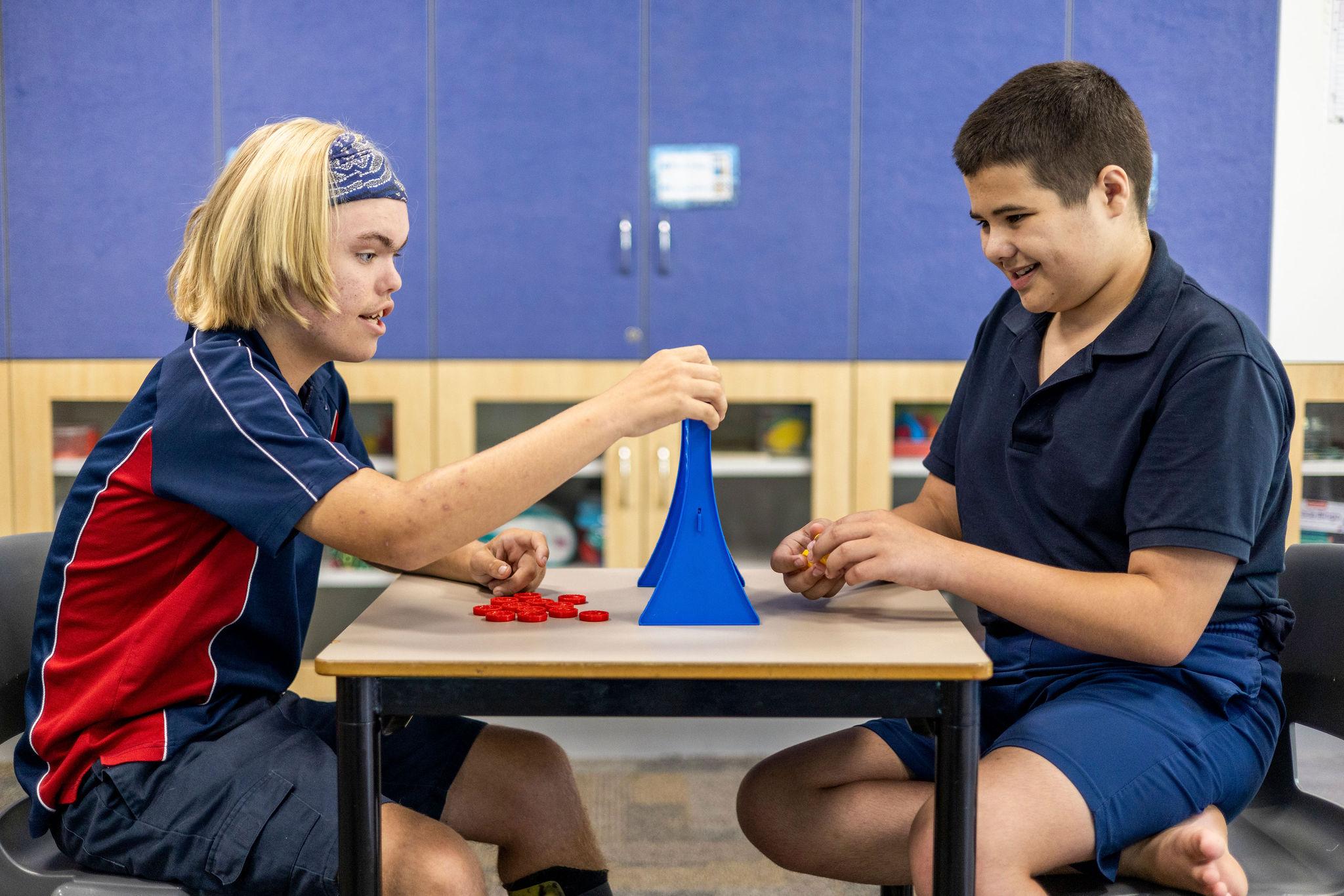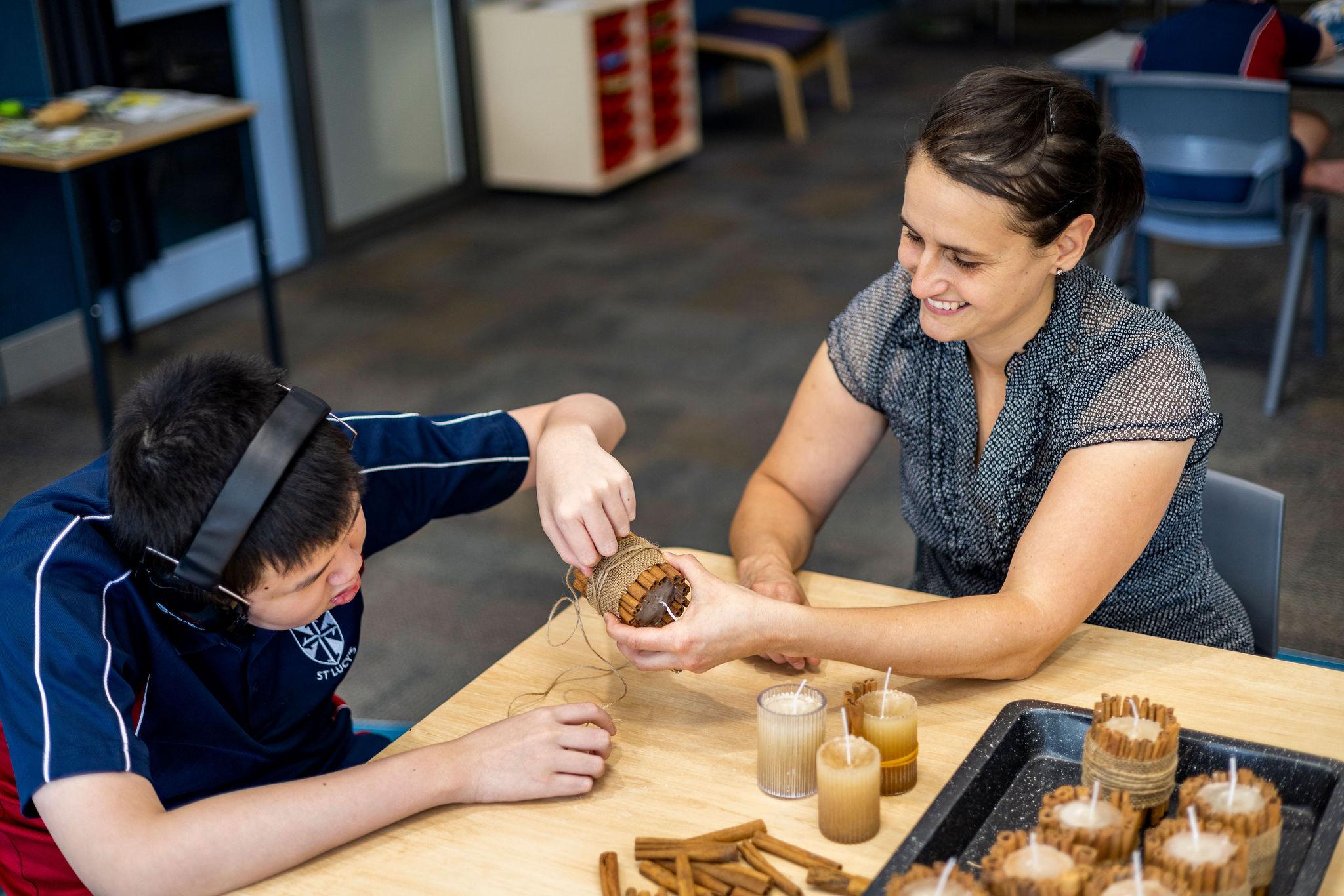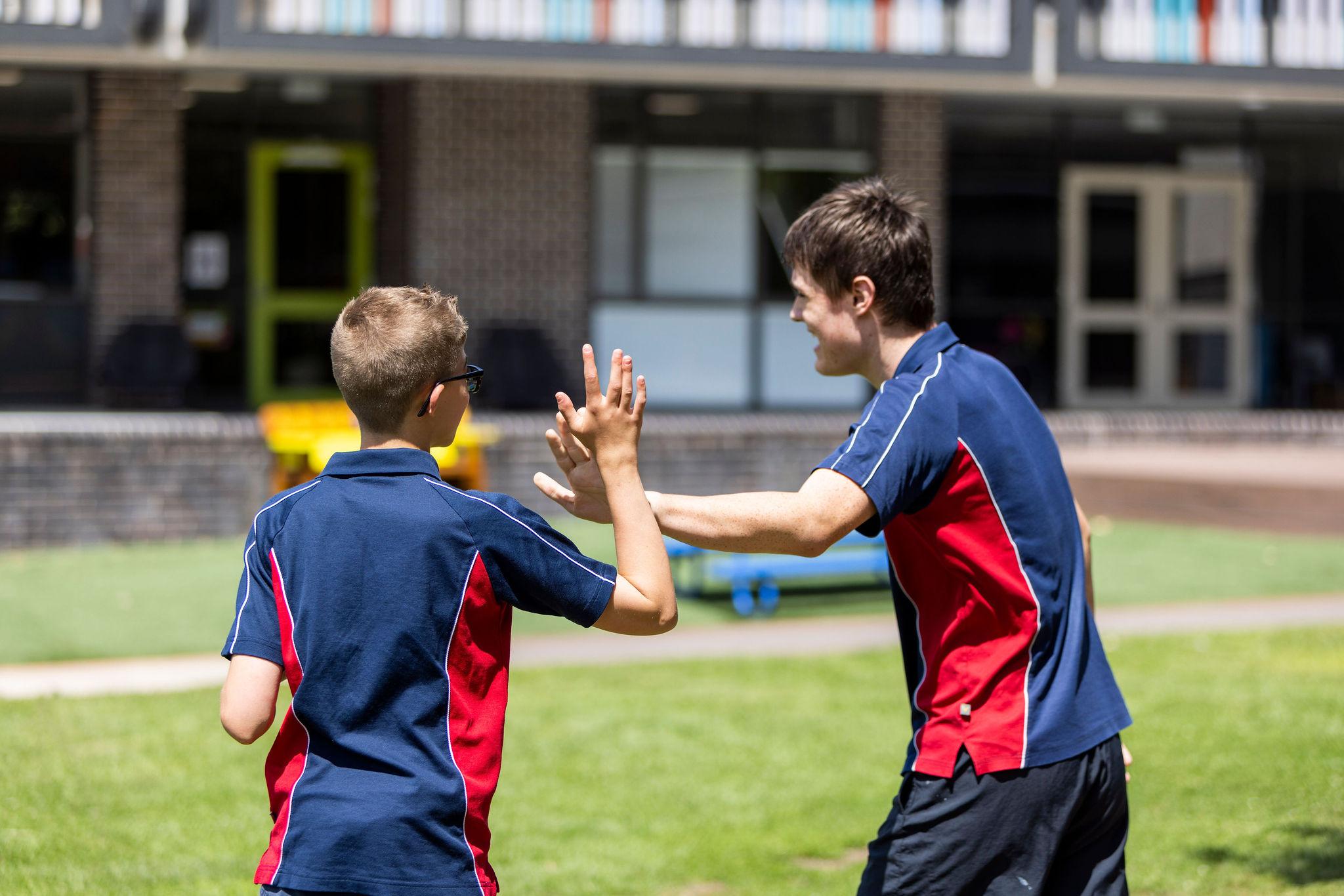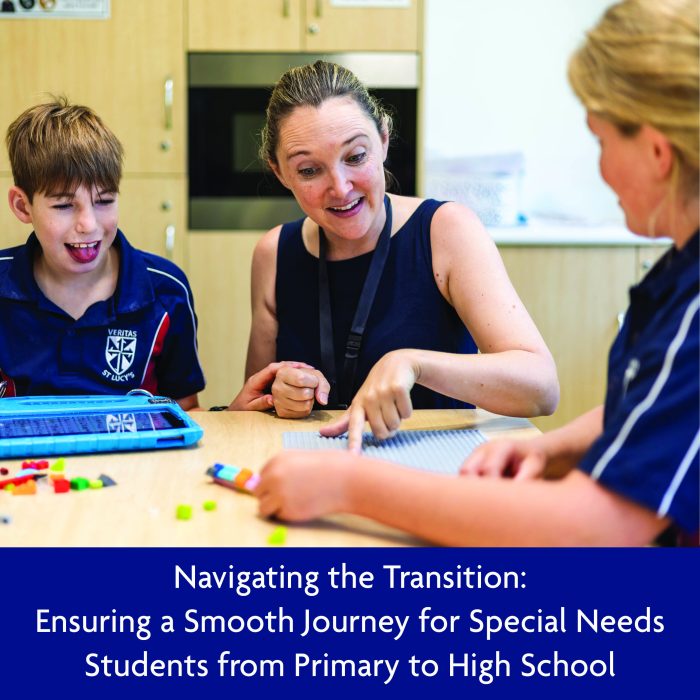
The transition from primary school to high school is a monumental milestone in every student’s life. For special needs students, this transition can be even more challenging, requiring careful planning, consideration, and the expertise of dedicated teaching staff. In this article, we will explore the importance of continuity in education and the critical role that experienced and knowledgeable teachers play in facilitating a seamless transition for special needs students.
Understanding the Unique Challenges:
Special needs students often face a myriad of challenges that require specialised attention and support. These challenges can range from learning disabilities to social and emotional difficulties. The transition to high school adds an extra layer of complexity, as students move from a familiar environment with a close-knit support system to a larger, more diverse setting.
Importance of Continuity:
Continuity in education is crucial for the success of special needs students during this transitional phase. It involves maintaining consistent learning strategies, support systems. Disruptions in continuity can lead to setbacks in progress and hinder a student’s ability to adapt to the new academic and social challenges of high school.

Expertise in Teaching Staff:
One of the cornerstones of a successful transition is the expertise of the teaching staff and quality teaching. Experienced educators who specialise in special needs education bring a wealth of knowledge, patience, and understanding to the table. They are familiar with the unique needs of each student, allowing for a personalised approach that addresses academic, social, and emotional aspects of their development.

Collaboration and Communication:
Effective communication and collaboration between primary and high school educators is paramount. The exchange of information regarding a student’s strengths, weaknesses, and preferred learning styles ensures that the high school teaching staff is well-prepared to provide the necessary support. Regular meetings between primary and high school teachers, along with parents and support staff, create a cohesive support network that prioritises the well-being and success of the special needs student.
Creating an Inclusive Environment:
High schools must strive to create an inclusive environment that promotes understanding, acceptance, and collaboration among students of all abilities. Peer support programs, mentorship initiatives, and awareness campaigns can contribute to fostering a positive atmosphere that values diversity and promotes the success of special needs students.

The transition from primary school to high school is a critical juncture for all students, but it holds particular challenges for those with special needs. Ensuring continuity in education, supported by a dedicated and experienced teaching staff, is key to a smooth and successful transition. By prioritising effective communication, collaboration, and the implementation of individualised education plans, schools can create an inclusive environment that empowers special needs students to thrive academically, socially, and emotionally in high school and beyond. St Lucy’s caters for both the primary and high school education of students with special needs, our educators are experts in making this transition into high school as seamless as possible, supporting both the students and parents.
Lisa Grimmond
Head of Curriculum and Pedagogy K – 6



